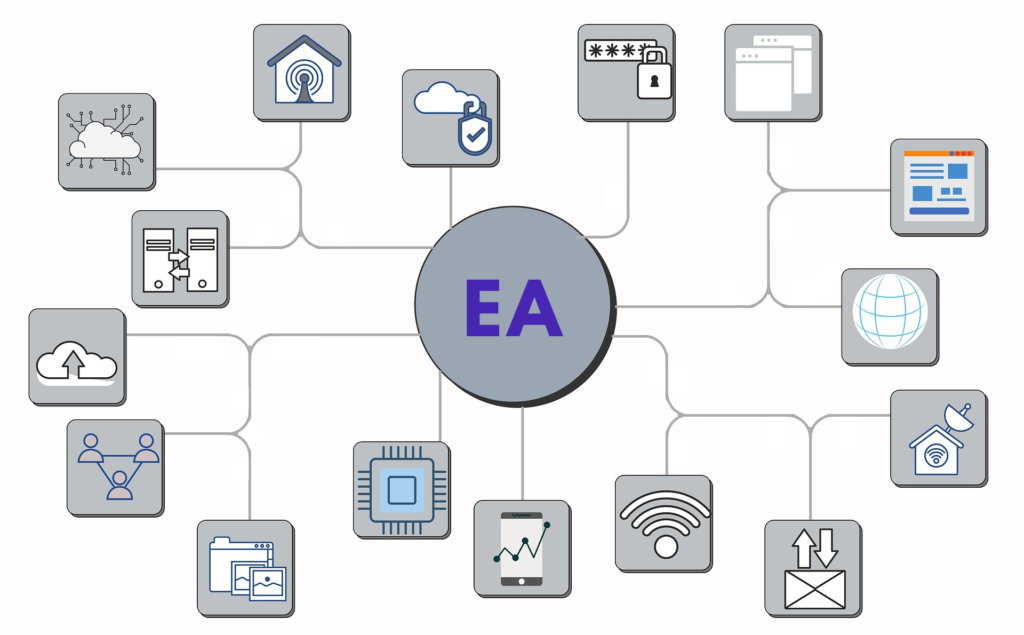In the fast-paced world of modern marketing, staying ahead of the curve is essential. With the landscape becoming increasingly complex and fragmented, the need for innovative solutions is greater than ever. Enter the era of automator-marketers – a new breed of entrepreneurs leveraging cutting-edge technology to revolutionize the industry.
At the forefront of this movement is Make’s integration platform, empowering Makers to automate every step of the marketing process. From lead generation to content creation and distribution, these innovators are streamlining operations, enhancing efficiency, and driving unparalleled results.
Let’s delve into the details of how Makers are transforming marketing through automation:
- Automated Lead Generation: No more manual prospecting. Makers like George Woodworth are using tools like Apollo to generate industry-specific leads at the click of a button. With enriched audience data and seamless integration with outreach platforms like Reply.io and LinkedIn, reaching potential customers has never been easier.
- Effortless Social Media Product Listings: For e-commerce sellers like Ryan Hogue, keeping up with product updates across multiple platforms can be tedious. By automating the process with Make, new products are seamlessly posted to X, Facebook, and Instagram, freeing up valuable time for strategic planning and growth.
- AI-Powered Copywriting: Crafting compelling marketing copy is no longer a time-consuming task. Thanks to OpenAI’s GPT models, Makers like George Woodworth can generate engaging content with ease. Whether it’s email campaigns, social media posts, or website copy, automation ensures consistency and efficiency.
- Targeted Lead Scoring: Identifying high-value leads is critical for any marketing campaign. With automation, Makers like Ryan Hildebrandt can assign lead scores to new followers based on criteria such as location and profile keywords. This targeted approach enables personalized outreach, driving higher conversion rates.
- Streamlined Social Media Posting: Maintaining an active presence on social media is essential for brand visibility. Jack Roberts simplifies the process by automating the sharing of news articles across multiple platforms. With unique headlines and eye-catching illustrations, content distribution becomes seamless and effective.
- AI-Driven Content Generation: Content creation is taken to new heights with the power of AI. Dylan Leighton utilizes OpenAI to produce insightful articles that resonate with audiences. By leveraging automation, Makers can scale content production without sacrificing quality or creativity.
- Maximizing Video Content: Videos are a powerful marketing tool, but creating and repurposing content can be labor-intensive. Stephen Pope tackles this challenge by automating the transformation of B-roll footage into multiple versions. With voiceovers and APIs, each asset serves a unique purpose, maximizing ROI.
- Efficient Image Creation: Visual content is king in the digital age, but not everyone has design skills. Stephen Pope addresses this gap by automating image production from text records. By harnessing tools like Placid and PDF.co, Makers can create professional-quality visuals with minimal effort.
These examples represent just a fraction of the possibilities offered by automation in marketing. As Makers continue to push the boundaries of innovation, the future of marketing looks more promising than ever. By embracing automation and leveraging technology to their advantage, businesses can stay ahead of the competition and drive sustainable growth in the digital age.

